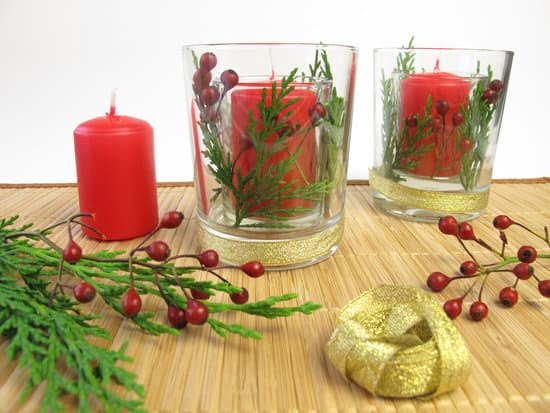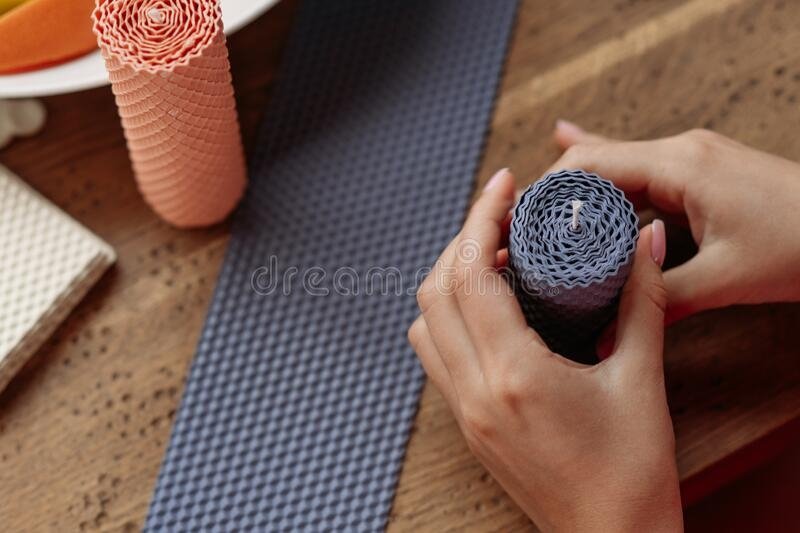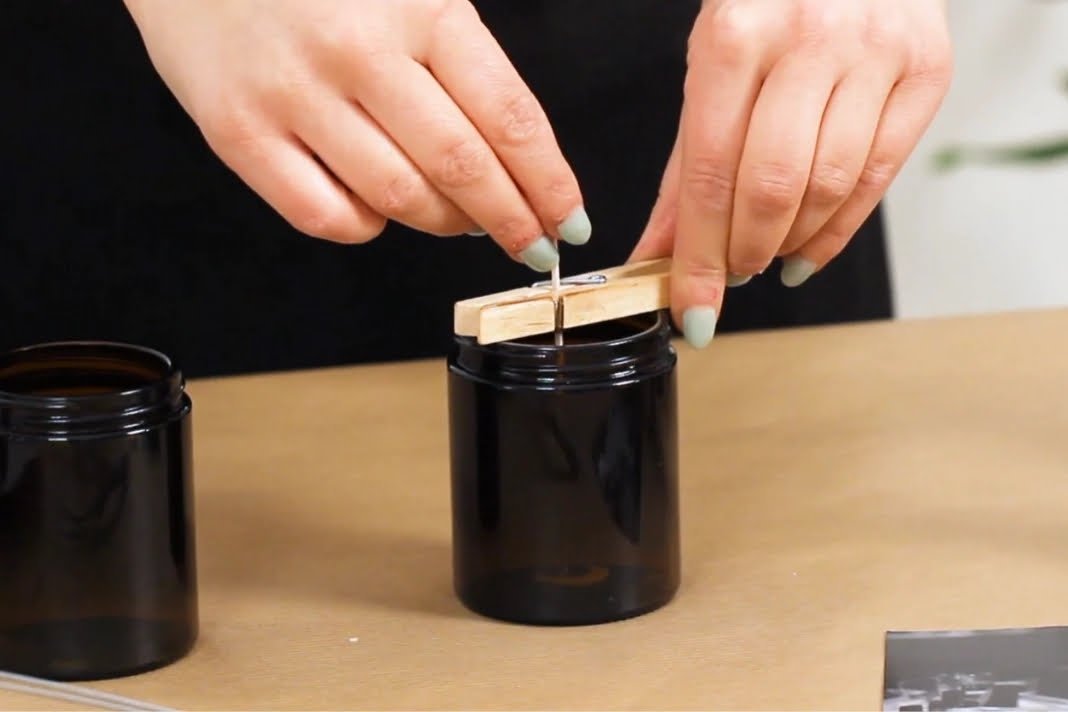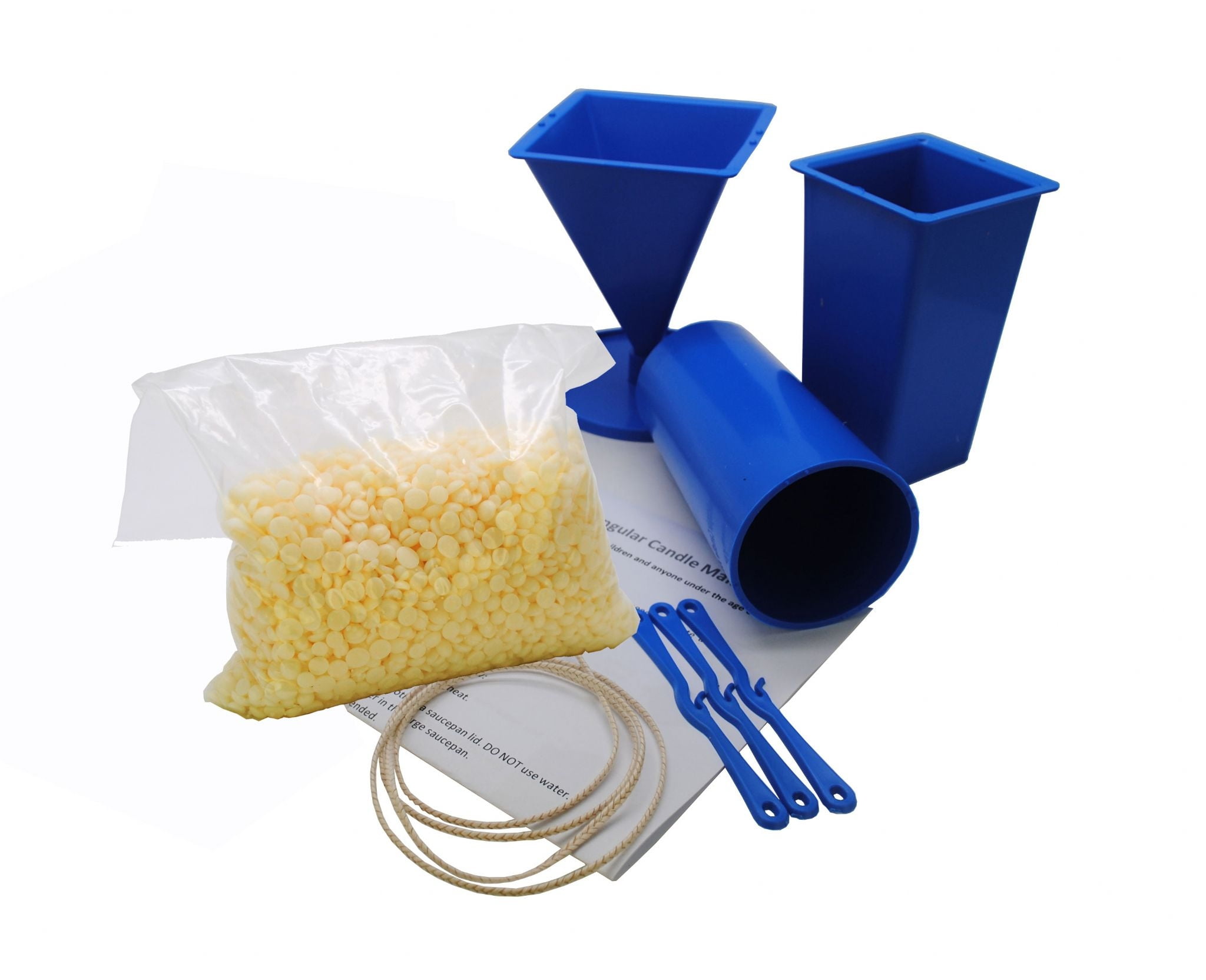Candle making is a popular and rewarding hobby for many individuals, offering the opportunity to unleash creativity and create unique decorative pieces or even personalized gifts. However, temperature control plays a crucial role in the candle-making process, influencing not only the final appearance but also the quality and burn time of the finished product. Understanding the ideal temperature for candle making is essential for achieving optimal results.
Temperature control is a fundamental aspect of candle making that directly impacts the overall success of the craft. From melting wax to cooling and setting candles, every stage requires careful monitoring of temperature to ensure consistent and satisfactory results. In this article, we will explore the science behind temperature in candle making, discuss the ideal room temperature for crafting candles, as well as offer valuable tips and solutions for maintaining proper temperature throughout the process.
As we delve into the importance of temperature control in candle making, it becomes evident that fluctuations in heat can significantly affect not only the aesthetic appeal but also the functionality of candles. Whether you are a seasoned chandler or a novice enthusiast, understanding how temperature influences different stages of candle making is crucial for producing high-quality products consistently. Join us as we uncover the intricacies of temperature management in this traditional craft.
Understanding the Science Behind Temperature and Candle Making
When it comes to candle making, the ideal temperature plays a crucial role in the process. Understanding the science behind temperature and its impact on candle making is essential for achieving desired results.
How Temperature Affects Wax Melting
The first step in candle making involves melting wax, and the temperature at which this process occurs can significantly impact the final product. Different types of waxes have specific melting points, and it’s important to heat the wax to the right temperature to ensure proper consistency and smoothness. Failure to do so can result in lumpy or uneven candles.
Temperature’s Influence on Fragrance and Color Incorporation
Adding fragrance oils and colorants to the melted wax is another critical step in candle making, and temperature control is vital during this stage as well. The ideal temperature ensures that these additives are evenly distributed throughout the wax, resulting in a consistent and well-scented candle.
Impact of Cooling Temperature on Candle Setting
Once the wick is added to the container or mold, allowing the candle to cool and set properly is essential. The cooling temperature must be controlled to prevent sinkholes or uneven surfaces from forming. If the cooling environment is too cold, it can cause cracking or frosting on the surface of the candle.
Understanding how temperature affects each stage of the candle making process allows crafters to achieve high-quality results consistently. By maintaining ideal temperatures throughout, they can create beautiful, well-performing candles every time.
Ideal Room Temperature for Crafting Candles
Candle making is both a science and an art, and temperature plays a crucial role in the process. The ideal temperature for candle making can greatly impact the quality and outcome of your candles. Understanding the optimal room temperature for crafting candles is essential to achieve the best results.
When it comes to crafting candles, maintaining an ideal temperature can be the key to success. Here are some important points to consider when it comes to the ideal temperature for candle making:
- The ideal room temperature for candle making is typically between 65-75°F (18-24°C). This range allows the wax to cool and solidify at a steady pace, which can help prevent issues such as frosting or uneven texture in the finished candles.
- Extreme temperatures, whether too hot or too cold, can negatively impact the quality of your candles. High temperatures can cause the wax to melt unevenly or lead to poor adhesion between layers, while low temperatures can result in a rough or grainy finish.
- To ensure consistent results, consider using a thermometer in your workspace to monitor the ambient temperature. This will allow you to make any necessary adjustments to maintain the ideal conditions for candle making.
In summary, paying attention to the ideal room temperature for crafting candles is essential for achieving high-quality results. By understanding how temperature impacts the candle making process and taking steps to maintain consistent conditions, you can improve the overall quality and burn time of your candles.
Importance of Monitoring Temperature During Various Stages of Candle Making
Temperature plays a crucial role in the candle making process, affecting everything from the consistency of the wax to the quality of the finished product. It is important to monitor and maintain the ideal temperature throughout various stages of candle making to ensure a successful outcome. Here’s a closer look at why temperature control is so important during the candle making process.
During the melting phase, it is essential to heat the wax to its melting point. This typically requires a consistent temperature of around 160-180°F (71-82°C).
Keeping track of the temperature with a reliable thermometer is crucial to avoid overheating, which can affect the quality of the wax and potentially create safety hazards. Once melted, adding fragrance oils or dyes should be done at specific temperatures as well, as these additives can evaporate or burn off if exposed to high temperatures.
As the melted wax is poured into molds or containers, maintaining an ideal temperature becomes equally important. Rapid cooling from high temperatures can result in uneven texture or air pockets within the candles. Ideally, candles should cool gradually at room temperature (around 70°F) to ensure a smooth finish and minimize imperfections.
After the candles are cooled and solidified, they need to be stored and cured at an optimal temperature for a specific period of time. This step allows for proper setting and enhances fragrance throw and burn time. Without careful attention to temperature control during each stage of candle making, issues such as cracking, frosting, or poor scent throw may arise.
- Use a reliable thermometer throughout the process.
- Maintain melting temperatures between 160-180°F (71-82°C).
- Allow candles to cool gradually at room temperature (around 70°F).
Tips for Maintaining Consistent Temperature in the Candle Making Process
When it comes to crafting candles, maintaining a consistent temperature throughout the process is crucial for achieving the best results. Here are some tips for ensuring that you can maintain an ideal temperature for candle making:
Use a Double Boiler or Wax Melter
One of the most effective ways to keep your wax at a consistent temperature is by using a double boiler or wax melter. These tools allow you to melt your wax gently and evenly without the risk of burning or overheating. By using one of these devices, you can ensure that your wax stays at the ideal temperature for candle making.
Monitor Temperature With a Thermometer
Investing in a good quality thermometer specifically designed for candle making is essential for maintaining consistency in temperature. This will allow you to monitor the temperature of your wax throughout the melting and pouring process, ensuring that it stays within the recommended range for the type of wax you are using.
Avoid Drafts and Sudden Temperature Changes
Drafts and sudden changes in temperature can quickly affect the consistency of your melted wax, leading to lumps, air bubbles, and other imperfections in your candles. To prevent this, choose a workspace that is free from drafts and fluctuations in temperature. Additionally, avoid placing your melting wax near windows, air vents, or doors that could expose it to sudden temperature changes.
By following these tips and being mindful of the ideal temperature for candle making, you can significantly improve the quality and consistency of your homemade candles. Consistent temperature control not only ensures better-looking candles but also contributes to their overall burn time and performance.
Effects of Temperature Fluctuations on Candle Quality and Burn Time
Temperature fluctuations can have a significant impact on the quality and burn time of candles. When it comes to candle making, controlling the temperature is crucial in order to achieve the desired results. Fluctuations in temperature can affect the texture, appearance, and even the scent throw of the candles.
One of the main effects of temperature fluctuations on candle quality is the potential for uneven cooling. If the temperature changes too drastically during the cooling process, it can lead to uneven shrinkage and cracking in the wax. This not only affects the appearance of the candle but also its overall quality. In addition, fluctuations in temperature can cause issues with adhesion between layers if making multi-layered or colored candles.
Furthermore, temperature variations can also impact the burn time of candles. If the wax is not properly cooled and solidified at an ideal temperature, it can lead to tunneling when burned. Tunneling occurs when only a small hole burns down through a candle, leaving wasted wax around the sides. This ultimately reduces the burn time of the candle and can result in dissatisfaction for customers.
Overall, maintaining a consistent and ideal temperature throughout the candle making process is essential for ensuring high-quality candles with optimal burn times and customer satisfaction. It is important for candle makers to monitor and control temperatures diligently to avoid any negative effects on their final products.
Tools and Equipment for Controlling Temperature in Candle Making
Candle making requires precise temperature control to ensure the quality and consistency of the finished product. To achieve this, there are various tools and equipment that can be used to monitor and regulate the temperature throughout the candle making process.
One essential tool for controlling temperature in candle making is a reliable thermometer. Different types of thermometers can be used, including candy thermometers, infrared thermometers, or digital probe thermometers. These thermometers help in accurately measuring the temperature of the wax, fragrance oils, and additives during heating and cooling stages.
Another crucial piece of equipment is a double boiler or a dedicated wax melting pot. These tools are designed to melt wax gently and evenly without hot spots that could lead to uneven consistency in the finished candles.
In addition to thermometers and melting pots, a heat source such as a hot plate or electric stove is necessary for heating the wax to the ideal temperature for candle making. It’s important to choose a heat source that allows for precise control over the temperature to avoid overheating or scorching the wax.
| Tools/Equipment | Function |
|---|---|
| Thermometer | Measuring temperature accurately during heating and cooling stages |
| Double Boiler/Wax Melting Pot | Gently melting wax without hot spots for consistent texture |
| Heat Source (e.g. Hot Plate) | Controlling temperature during wax melting process |
Temperature-Related Troubleshooting and Solutions for Common Candle Making Issues
When it comes to candle making, temperature control plays a crucial role in ensuring the success of your craft. However, even with the most diligent temperature monitoring, issues can still arise. In this section, we will discuss the common candle making problems related to temperature and provide practical solutions for troubleshooting.
One common issue that candle makers encounter is uneven cooling or “sinkholes” in their candles. This occurs when the wax cools too quickly, causing a depression in the center of the candle.
To prevent this, it is essential to pour your wax at the ideal temperature for candle making, which is typically between 130-150°F (54-65°C) depending on the type of wax you are using. Additionally, you can try placing your candles in a warm water bath after pouring to promote more even cooling.
Another temperature-related problem is frosting or “blooming” on the surface of the candle. This is often caused by exposing the candles to fluctuating temperatures during the cooling process. To avoid frosting, try to keep your workspace at a consistent temperature and avoid sudden changes in temperature. Additionally, using a heat gun to gently warm the surface of your candles can help smooth out any frosting that has already occurred.
Lastly, overheating your wax can result in discoloration and a decrease in fragrance throw. If you notice that your candles are losing their scent or appearing discolored, consider lowering the pouring and melting temperatures slightly. It’s essential to follow recommended temperature guidelines for each type of wax and fragrance oil used in order to achieve optimal results.
In summary, maintaining an optimal temperature throughout your candle making process is key to achieving professional-quality candles. By being aware of common issues related to temperature and implementing these troubleshooting solutions, you can ensure that your candles turn out beautifully every time.
| Candle Making Issue | Solution |
|---|---|
| Uneven Cooling/Sinkholes | Pour wax at ideal temperature and use warm water bath for even cooling |
| Frosting/Blooming | Maintain consistent workspace temperature and use heat gun if necessary |
| Discoloration/Decreased Fragrance Throw | Lower pouring and melting temperatures as per recommendations for wax and fragrance oil |
Conclusion
In conclusion, the ideal temperature for candle making plays a crucial role in achieving successful and high-quality results. Temperature control is vital throughout the entire candle making process, from melting the wax to cooling and setting the candles. By understanding the science behind temperature and its impact on candle making, crafters can ensure consistent quality and burn time for their homemade candles.
Maintaining an ideal room temperature is essential for crafting candles, as it affects how the wax solidifies and adheres to the wick. Monitoring the temperature during various stages of candle making is important to prevent issues such as frosting, sinkholes, or poor scent throw. Utilizing tools and equipment specifically designed for controlling temperature can help create a stable environment for producing professional-looking candles.
Furthermore, fluctuating temperatures can have adverse effects on candle quality and burn time. It is important for candle makers to be aware of temperature-related troubleshooting techniques and solutions for common issues that may arise during the process. By prioritizing temperature control in their candle making endeavors, crafters can greatly impact the overall success and satisfaction of their finished products.

Welcome to my candle making blog! In this blog, I will be sharing my tips and tricks for making candles. I will also be sharing some of my favorite recipes.





